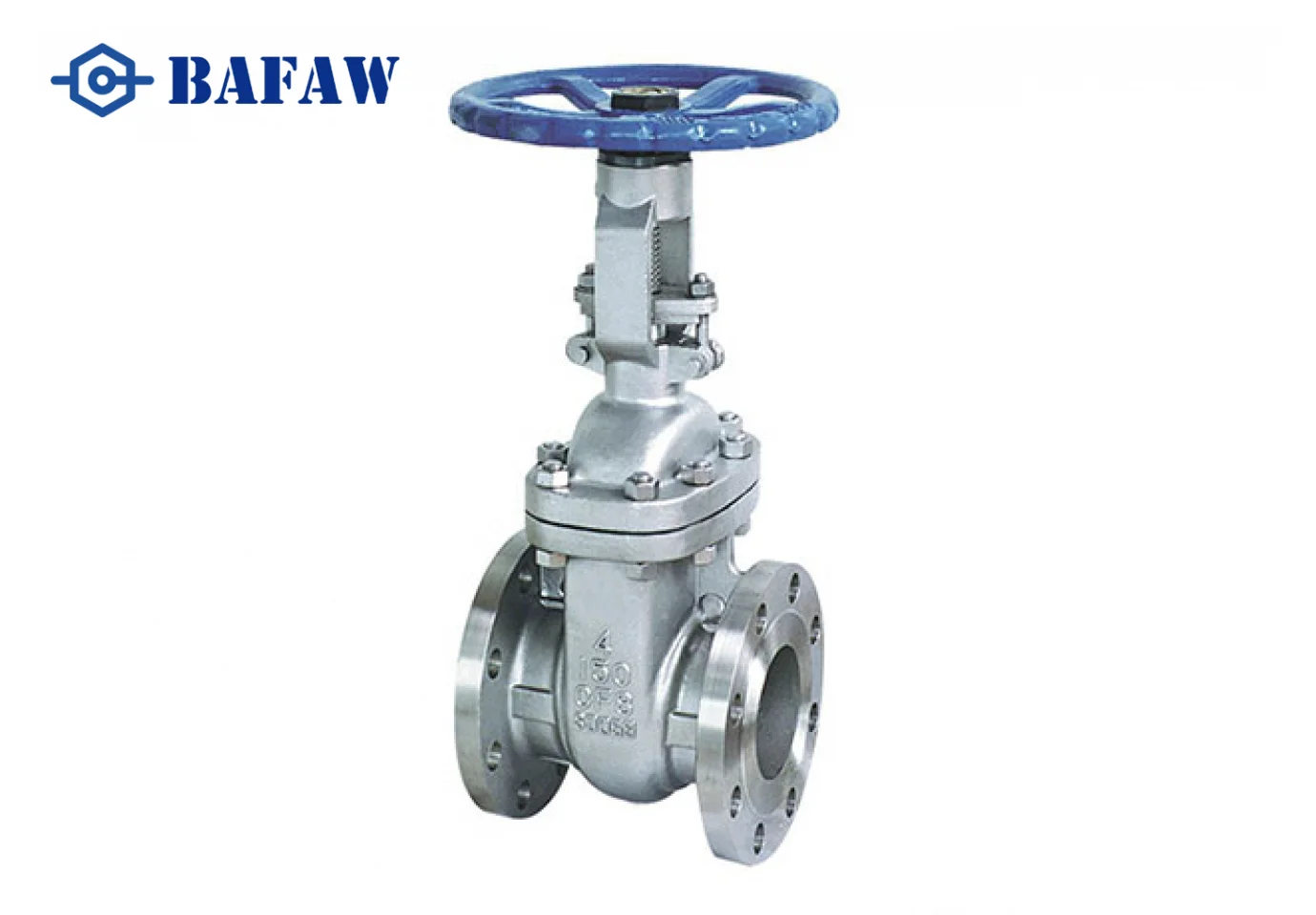Gate Valves Troubleshooting, Solutions and Preventive Measures
March 24, 2024Gate valves are essential components in various industries, playing a crucial role in regulating the flow of liquids and gases. However, like any mechanical device, they are susceptible to malfunctions and problems. Understanding these common issues, along with their solutions and preventive measures, is essential for ensuring the smooth operation of gate valves.
1. Leakage
One of the most prevalent issues with gate valves is leakage, which can occur due to various reasons such as worn-out seals, damaged valve components, or improper installation.

Solution
Inspect the valve for any visible signs of leakage, such as puddles or dampness around the valve.
Tighten loose connections and bolts.
Replace damaged seals or gaskets.
Preventive Measures
Regularly inspect gate valves for signs of wear and tear.
Ensure proper installation following manufacturer guidelines.
Use high-quality seals and gaskets suitable for the application.
2. Blockage
Blockages can occur within gate valves due to debris, sediment buildup, or foreign objects entering the valve system, leading to restricted flow or complete obstruction.
Solution
Flush the valve system to remove any debris or sediment buildup.
Disassemble the valve to remove any foreign objects obstructing the flow.
Clean valve components thoroughly before reassembly.
Consider installing filters or strainers upstream to prevent debris from entering the valve.
Preventive Measures
Implement a regular maintenance schedule to clean and inspect gate valves.
Install appropriate filtration systems to minimize the risk of blockages.
Educate personnel on proper waste disposal practices to prevent foreign objects from entering the valve system.
3. Corrosion
Corrosion is a common problem in gate valves, especially in environments with corrosive substances or high humidity, leading to deterioration of valve components and potential leakage.

Solution
Inspect valves regularly for signs of corrosion, such as rust or pitting.
Treat corroded areas with appropriate rust inhibitors or coatings.
Replace severely corroded components to prevent further damage.
Consider using corrosion-resistant materials for valve construction in corrosive environments.
Preventive Measures
Implement corrosion prevention measures such as coatings or cathodic protection.
Maintain optimal environmental conditions to minimize corrosion risk.
Use corrosion-resistant materials for valve construction where applicable.
4. Sticking or Jamming
Gate valves may become stuck or jammed in the open or closed position due to factors such as debris accumulation, improper lubrication, or misalignment of valve components.
Solution
Apply lubricant to valve components to facilitate smooth operation.
Remove any debris or obstructions hindering valve movement.
Check for misaligned or damaged components and realign or replace them as necessary.
Exercise the valve periodically to prevent sticking or jamming.
Preventive Measures
Regularly lubricate valve components as per manufacturer recommendations.
Implement proper cleaning procedures to remove debris and prevent accumulation.
Conduct routine inspections to identify and address any issues affecting valve operation.
By understanding the potential problems and implementing appropriate solutions and preventive measures, users can ensure the reliable and efficient operation of gate valves in various industrial applications. For more information on gate valves and related products, visit bestflowvalve.com.




